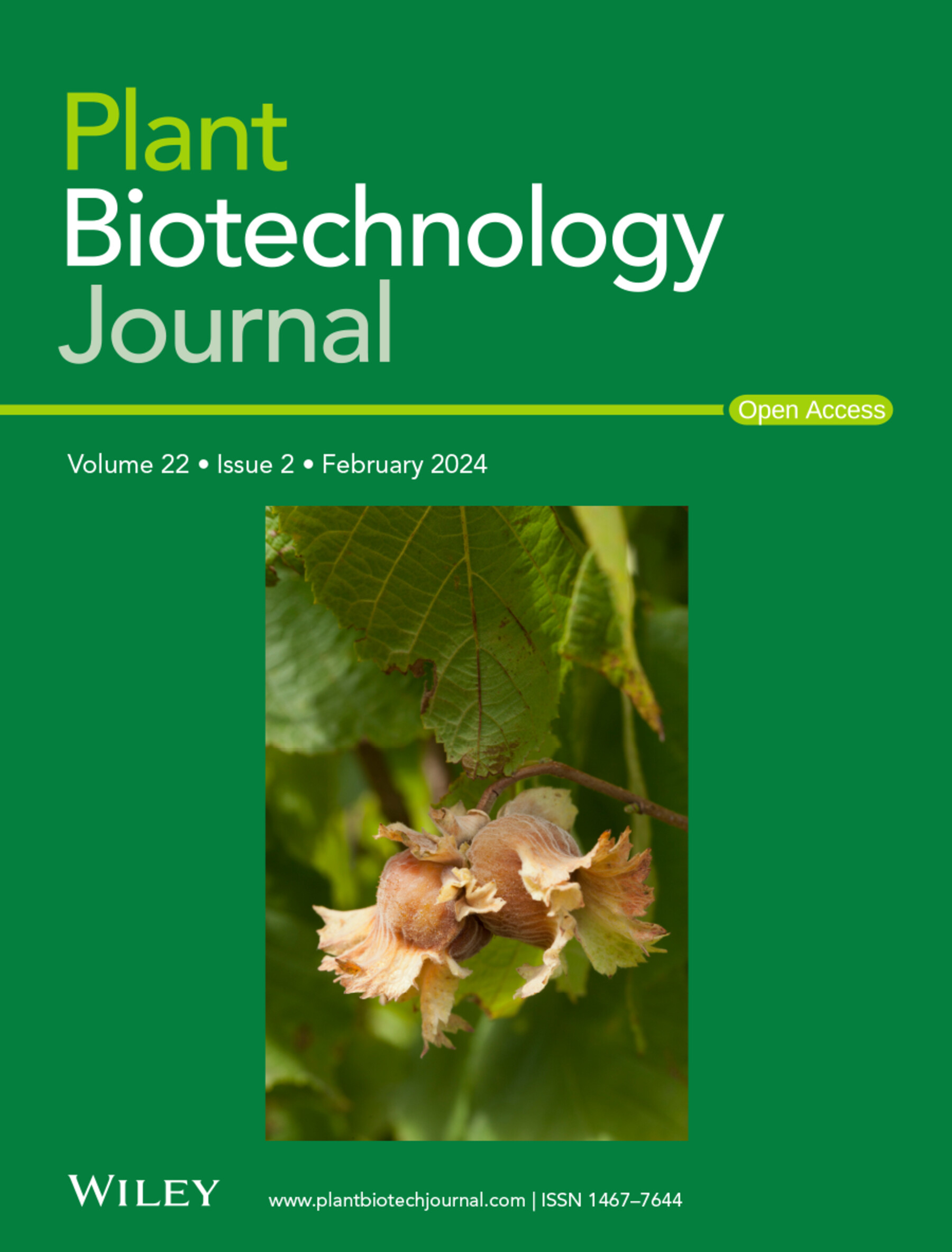Deciphering recent transposition patterns in plants through comparison of 811 genome assemblies
IF 10.1
1区 生物学
Q1 BIOTECHNOLOGY & APPLIED MICROBIOLOGY
引用次数: 0
Abstract
Transposable elements (TEs) are significant drivers of genome evolution, yet their recent dynamics and impacts within and among species, as well as the roles of host genes and non-coding RNAs in the transposition process, remain elusive. With advancements in large-scale pan-genome sequencing and the development of open data sharing, large-scale comparative genomics studies have become feasible. Here, we performed complete de novo TE annotations and identified active TEs in 310 plant genome assemblies across 119 species and seven crop populations. Using 811 high-quality genomes, we detected 13 844 553 TE-induced structural variants (TE-SVs), providing unprecedented resolution in delineating recent TE activities. Our integrative analysis revealed a mutual evolutionary relationship between TEs and host genomes. On one hand, host genes and ncRNAs are involved in the transposition process, as evidenced by their colocalization and coactivation with TEs, and may play a role in chromatin regulation. On the other hand, TEs drive genetic innovation by promoting the duplication of host genes and inserting into regulatory regions. Moreover, genes influenced by active TEs are linked to plant growth, nutrient absorption, storage metabolism and environmental adaptation, aiding in crop domestication and adaptation. This TE dynamics atlas not only reveals evolutionary and functional features linked to transposition activity but also highlights the role of TEs in crop domestication and adaptation, paving the way for future exploration of TE-mediated genome evolution and crop improvement strategies.通过比较811个基因组组合来破译植物最近的转位模式
转座因子(te)是基因组进化的重要驱动因素,但它们在物种内和物种间的动态和影响,以及宿主基因和非编码rna在转座过程中的作用仍然是难以捉摸的。随着大规模泛基因组测序技术的进步和开放数据共享的发展,大规模比较基因组学研究已成为可能。在这里,我们进行了完整的TE从头注释,并在119个物种和7个作物群体的310个植物基因组中鉴定出了活跃的TE。利用811个高质量基因组,我们检测到13 844 553个TE诱导的结构变异(TE- svs),为描述最近的TE活动提供了前所未有的分辨率。我们的综合分析揭示了TEs与宿主基因组之间的相互进化关系。一方面,宿主基因和ncrna参与了转座过程,与te共定位和共激活,并可能在染色质调控中发挥作用。另一方面,te通过促进宿主基因的复制和插入调控区域来驱动遗传创新。此外,受活性TEs影响的基因与植物生长、养分吸收、储存代谢和环境适应有关,有助于作物驯化和适应。该TE动态图谱不仅揭示了与转位活动相关的进化和功能特征,还突出了TE在作物驯化和适应中的作用,为未来探索TE介导的基因组进化和作物改良策略铺平了道路。
本文章由计算机程序翻译,如有差异,请以英文原文为准。
求助全文
约1分钟内获得全文
求助全文
来源期刊

Plant Biotechnology Journal
生物-生物工程与应用微生物
CiteScore
20.50
自引率
2.90%
发文量
201
审稿时长
1 months
期刊介绍:
Plant Biotechnology Journal aspires to publish original research and insightful reviews of high impact, authored by prominent researchers in applied plant science. The journal places a special emphasis on molecular plant sciences and their practical applications through plant biotechnology. Our goal is to establish a platform for showcasing significant advances in the field, encompassing curiosity-driven studies with potential applications, strategic research in plant biotechnology, scientific analysis of crucial issues for the beneficial utilization of plant sciences, and assessments of the performance of plant biotechnology products in practical applications.
 求助内容:
求助内容: 应助结果提醒方式:
应助结果提醒方式:


